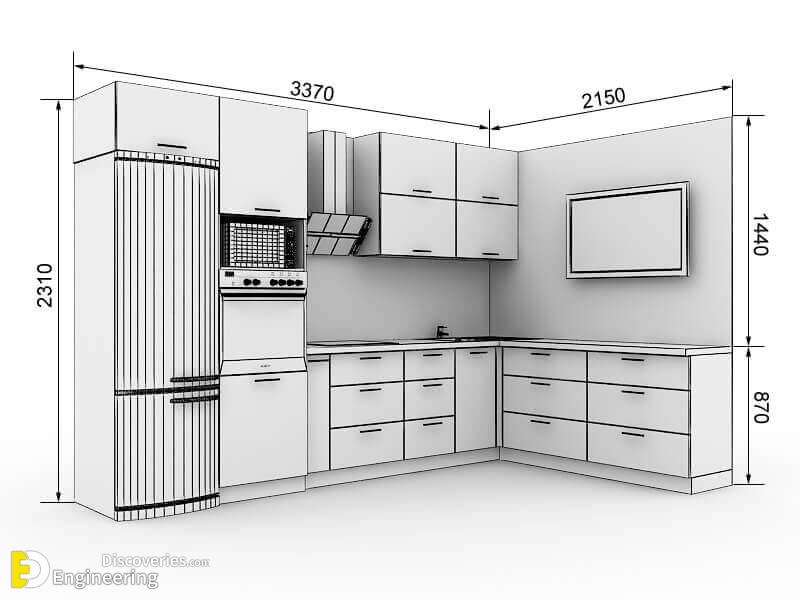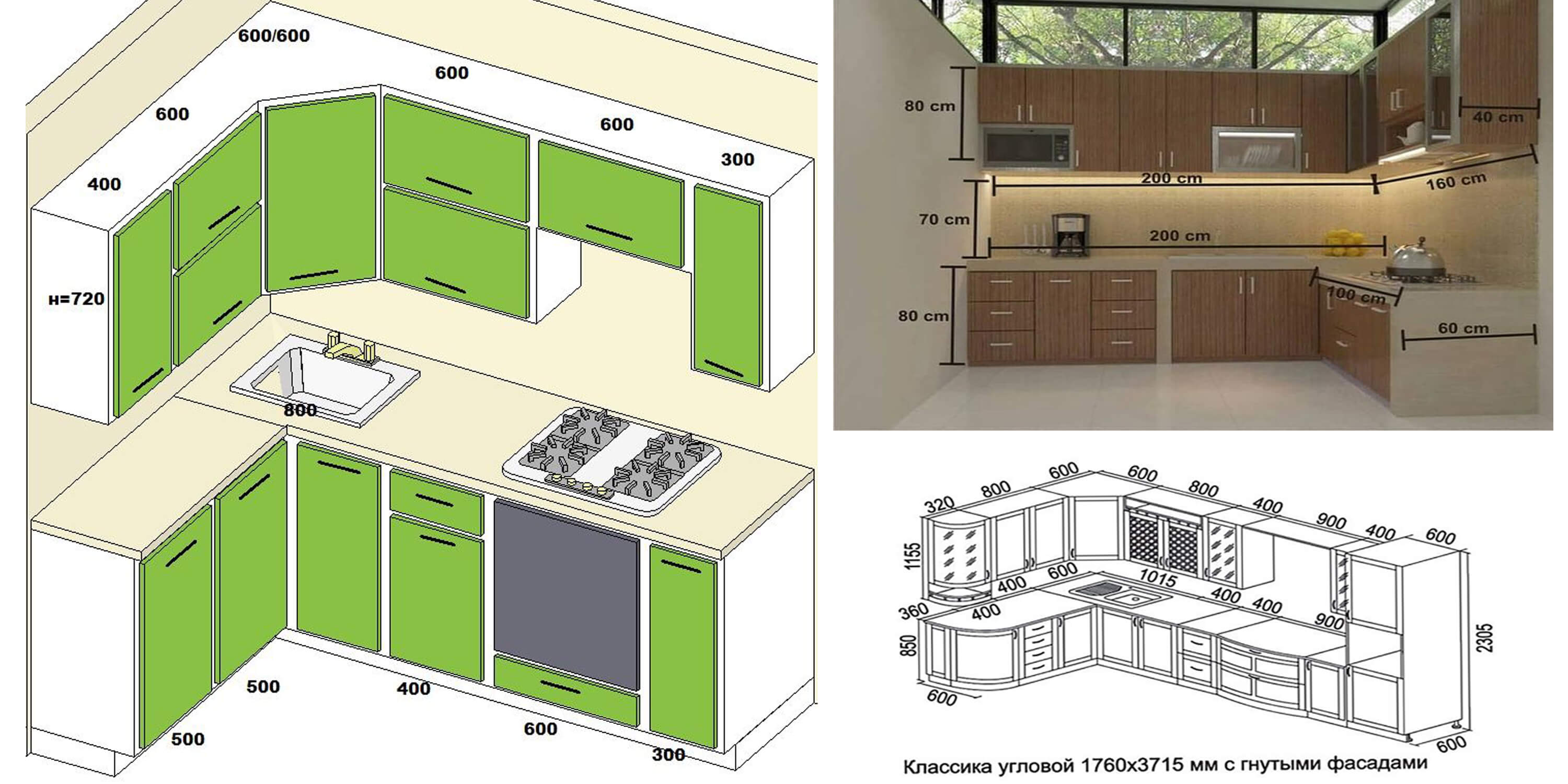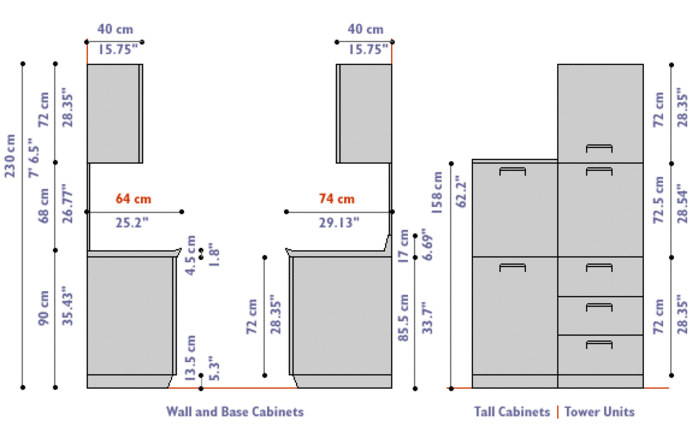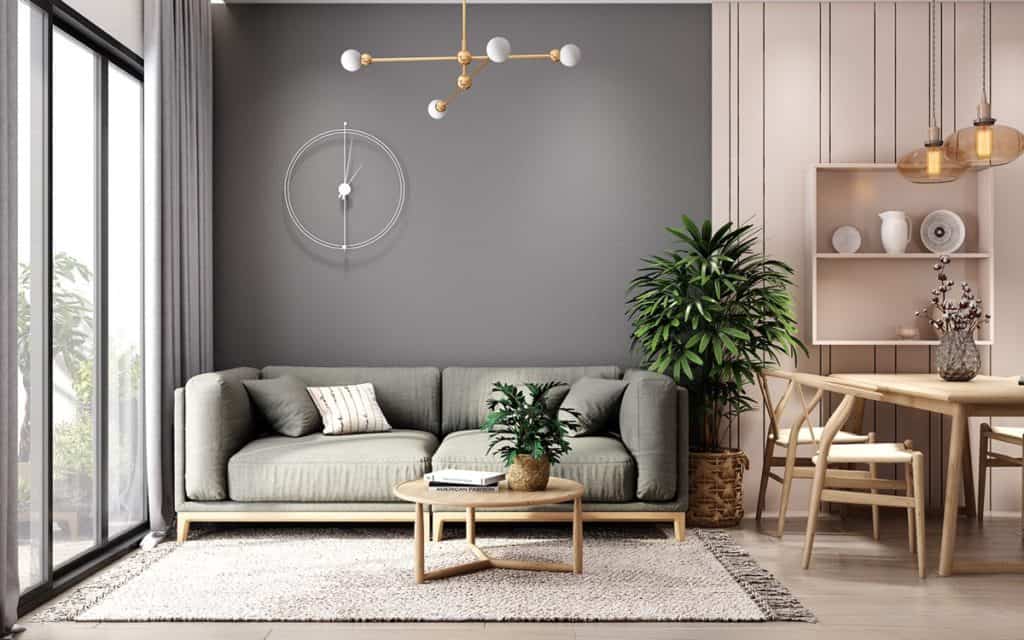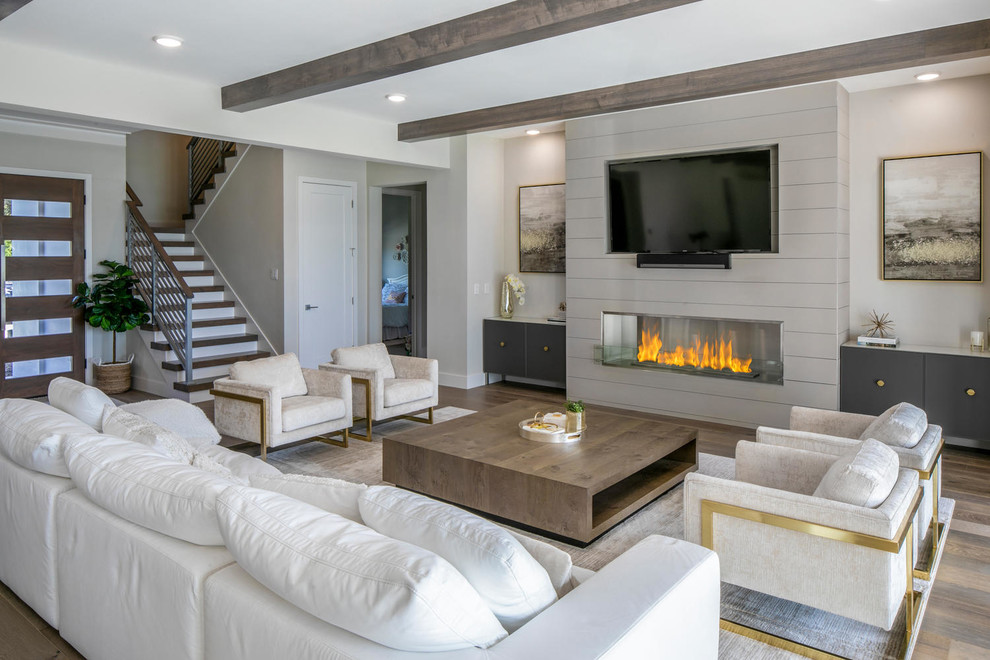When it comes to designing your kitchen, the color scheme plays a crucial role in creating a cohesive and visually appealing space. One of the key elements in this color scheme is your kitchen table, which can either complement or clash with your wood floors. So, how do you choose the right color for your kitchen table? The first step is to consider the overall style and design of your kitchen. Are you going for a modern, sleek look or a more rustic, traditional feel? This will help in determining whether a darker or lighter table would be more suitable. Another factor to consider is the size of your kitchen. If you have a smaller space, a lighter table can make the room feel more open and airy. On the other hand, a larger kitchen can handle a darker table without making the space feel too heavy. Lastly, think about your personal preferences and the existing color palette in your kitchen. If you have warm-toned wood floors, a warmer-toned table would create a cohesive look. Similarly, cooler-toned floors would pair well with a cooler-toned table.1. Choosing the Right Color for Your Kitchen Table
Now that you have an idea of what color would work best for your kitchen table, it’s time to think about how to match it to your wood floors. The key here is to create balance and contrast. If you have dark wood floors, consider a lighter table to create contrast and prevent the room from feeling too dark. On the other hand, if you have light wood floors, a darker table can add depth and dimension to the space. You can also match the undertones of your wood floors and table. For example, if your floors have red undertones, a table with similar undertones would create a harmonious look. Another way to match your table to your floors is by choosing a material that complements the wood. For instance, if you have cherry wood floors, a cherry wood table would tie the room together beautifully.2. How to Match Your Kitchen Table to Your Wood Floors
One of the biggest debates when it comes to wood floors is whether to go for a darker or lighter shade. The same goes for your kitchen table. So, which one is better? The answer is, it depends. Both dark and light wood floors have their own set of advantages and can make a statement in your kitchen. Dark wood floors create a dramatic and elegant look, while light wood floors add a touch of warmth and brightness to the space. When choosing between the two, consider the style and color scheme of your kitchen, as well as your personal preferences. You can also mix and match by having a dark wood table on light floors or vice versa.3. Dark vs Light Wood Floors: Which is Better for Your Kitchen Table?
Now that you have a better understanding of how to choose the right color for your kitchen table and how to match it to your wood floors, here are some additional tips to keep in mind: Consider the size and shape of your table: The size and shape of your table can make a big difference in how it looks in your kitchen. A round table can soften the sharp angles of a square room, while a rectangular table can elongate a narrow space. Think about the finish: The finish of your table can also impact how it looks with your wood floors. For example, a glossy finish can reflect light and make a small space appear larger, while a matte finish can create a cozy and warm feel. Don't be afraid to mix and match: You don't have to stick to the same type of wood for your table and floors. Mixing different wood tones and finishes can add interest and character to your kitchen.4. Tips for Finding the Perfect Kitchen Table to Complement Your Wood Floors
A kitchen table is not just a functional piece of furniture; it can also make a big impact on the overall look and feel of your space. So, how does choosing a darker or lighter kitchen table affect the overall look of your kitchen? A dark kitchen table can serve as a bold statement piece and add sophistication to the space. It can also create a more formal and elegant atmosphere. On the other hand, a light kitchen table can make the room feel more casual and inviting. It can also add a touch of brightness and warmth to the space. Ultimately, the decision between a dark or light kitchen table will depend on the style and mood you want to create in your kitchen.5. The Impact of Dark vs Light Kitchen Tables on the Overall Look of Your Space
If you have light wood floors and want to add some contrast to your kitchen, a dark kitchen table can do the trick. This combination creates a striking and eye-catching look. One way to create contrast is by choosing a table with a different finish than your floors. For instance, if you have light wood floors with a glossy finish, a dark wood table with a matte finish can create a beautiful contrast. You can also play with different textures, such as pairing a smooth wood table with rustic, distressed wood floors.6. How to Create Contrast with a Dark Kitchen Table on Light Wood Floors
Natural wood tones add warmth and character to a kitchen. If you want to incorporate this element into your space, consider choosing a kitchen table that matches your wood floors. This can be achieved by choosing a table made of the same type of wood as your floors, such as oak or maple. You can also opt for a table with a similar stain or finish to create a cohesive look. Not only will this tie your kitchen together, but it will also create a timeless and classic feel.7. Incorporating Natural Wood Tones in Your Kitchen: Choosing a Table that Matches Your Floors
As with any design decision, there are pros and cons to choosing a darker or lighter kitchen table for your wood floors. Dark kitchen tables: Pros:8. The Pros and Cons of Choosing a Darker or Lighter Kitchen Table for Your Wood Floors
Coordinating your kitchen table and wood floors is all about finding the right balance between the two. You want them to complement each other without being too matchy-matchy. One way to achieve this is by choosing a table with similar undertones as your floors, but with a different finish or texture. For example, if you have light wood floors with warm undertones, a light wood table with a distressed finish can add interest and depth to the space. Another option is to add pops of color or patterns in your table and chairs to break up the wood and add visual interest.9. Finding the Balance: Coordinating Your Kitchen Table and Wood Floors for a Cohesive Look
If you want to add depth and dimension to your kitchen, consider choosing a kitchen table and wood floors in contrasting colors and finishes. For example, you can pair a dark wood table with light wood floors to create a striking contrast. You can also mix and match different materials, such as a metal or glass table on top of wood floors, to add texture and visual interest. This combination adds a modern and eclectic touch to your kitchen, making it stand out from traditional designs.10. Adding Depth and Dimension to Your Kitchen with a Contrasting Table and Wood Floors
The Impact of Choosing a Darker or Lighter Kitchen Table on House Design
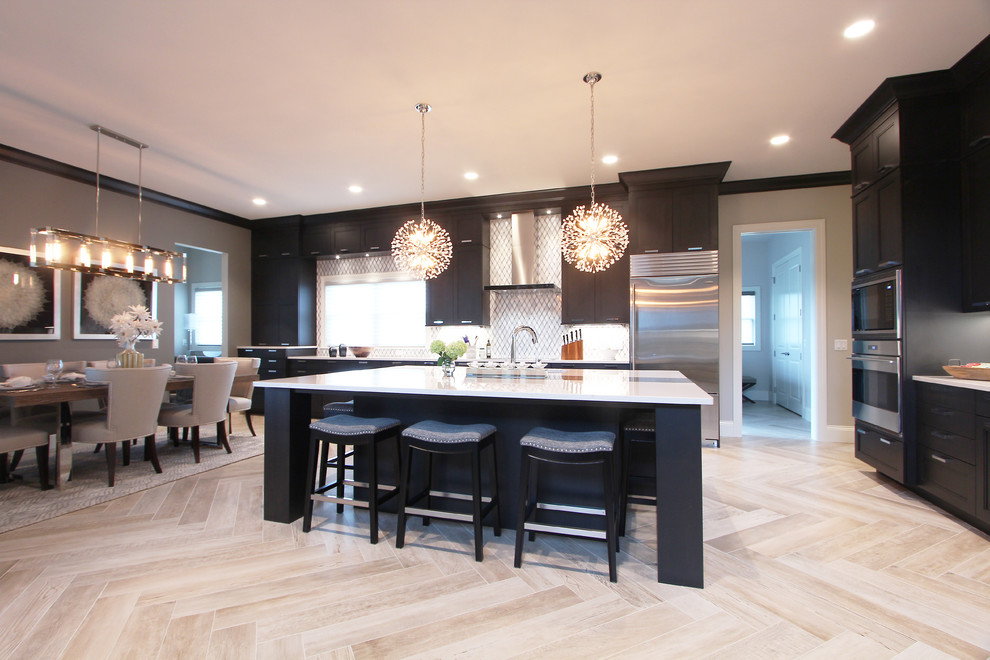
The Importance of Coordinating Kitchen Tables and Wood Floors
 When it comes to designing a home, every detail matters. From the paint color on the walls to the furniture choices, each element contributes to the overall aesthetic and feel of the space. One important aspect that often gets overlooked is the coordination between the kitchen table and the wood floors. Whether you are renovating your current home or building a new one, the decision to go darker or lighter with your kitchen table can have a significant impact on the design and functionality of your house.
When it comes to designing a home, every detail matters. From the paint color on the walls to the furniture choices, each element contributes to the overall aesthetic and feel of the space. One important aspect that often gets overlooked is the coordination between the kitchen table and the wood floors. Whether you are renovating your current home or building a new one, the decision to go darker or lighter with your kitchen table can have a significant impact on the design and functionality of your house.
Dark vs. Light: The Pros and Cons
 One of the first things to consider when choosing a kitchen table is the color. Darker wood tables, such as espresso or mahogany, can add a touch of elegance and sophistication to a room. They also tend to hide scratches and stains better than lighter wood tables. On the other hand, lighter wood tables, like oak or maple, can make a space feel brighter and more spacious. They also have a more modern and casual vibe. However, they may require more upkeep as scratches and stains are more noticeable.
One of the first things to consider when choosing a kitchen table is the color. Darker wood tables, such as espresso or mahogany, can add a touch of elegance and sophistication to a room. They also tend to hide scratches and stains better than lighter wood tables. On the other hand, lighter wood tables, like oak or maple, can make a space feel brighter and more spacious. They also have a more modern and casual vibe. However, they may require more upkeep as scratches and stains are more noticeable.
Coordinating with Wood Floors
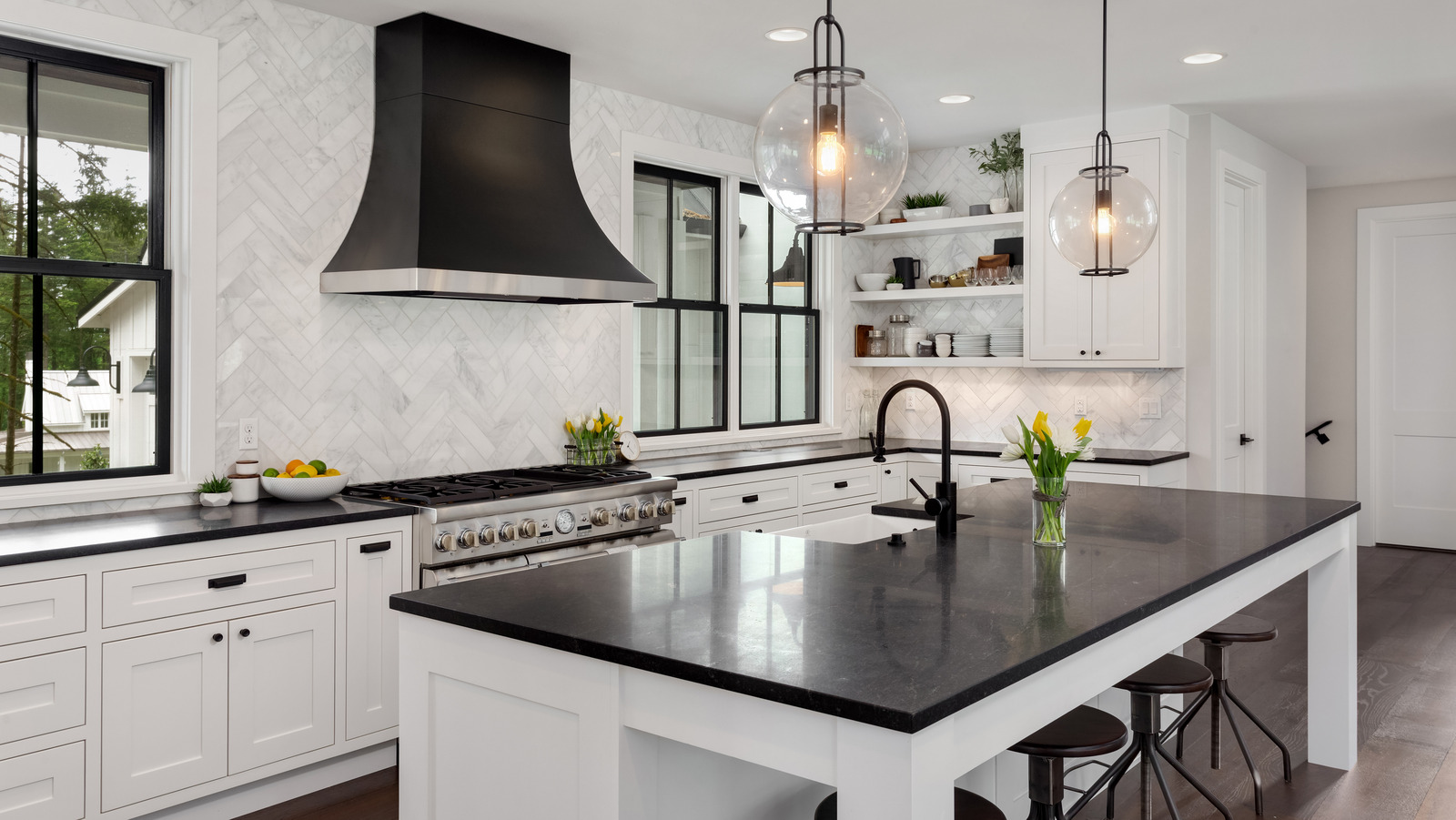 Once you have decided on the color of your kitchen table, it is important to consider how it will coordinate with your wood floors. If you have dark wood floors, a darker kitchen table can create a cohesive and balanced look. It can also help to ground the space and add depth. Alternatively, a lighter kitchen table can provide a beautiful contrast against dark wood floors and add a touch of lightness to the room. On the other hand, if you have light wood floors, a darker kitchen table can create a dramatic and eye-catching contrast. A lighter kitchen table can also complement the lightness of the floors and create a harmonious flow in the space.
Once you have decided on the color of your kitchen table, it is important to consider how it will coordinate with your wood floors. If you have dark wood floors, a darker kitchen table can create a cohesive and balanced look. It can also help to ground the space and add depth. Alternatively, a lighter kitchen table can provide a beautiful contrast against dark wood floors and add a touch of lightness to the room. On the other hand, if you have light wood floors, a darker kitchen table can create a dramatic and eye-catching contrast. A lighter kitchen table can also complement the lightness of the floors and create a harmonious flow in the space.
Other Factors to Consider
 In addition to coordinating with wood floors, there are other factors to consider when choosing a darker or lighter kitchen table. One of these is the size of the room. In smaller spaces, a lighter kitchen table can help to create the illusion of more space, whereas a darker table may make the room feel cramped. Additionally, the overall style and color scheme of your home should also be taken into account. A darker kitchen table may not fit in with a more neutral and minimalist design, while a lighter table may clash with a more traditional and formal style.
In addition to coordinating with wood floors, there are other factors to consider when choosing a darker or lighter kitchen table. One of these is the size of the room. In smaller spaces, a lighter kitchen table can help to create the illusion of more space, whereas a darker table may make the room feel cramped. Additionally, the overall style and color scheme of your home should also be taken into account. A darker kitchen table may not fit in with a more neutral and minimalist design, while a lighter table may clash with a more traditional and formal style.
The Final Decision
 Ultimately, the decision to go darker or lighter with your kitchen table comes down to personal preference and the specific design of your home. Both options can create a beautiful and functional space, as long as they are carefully coordinated with the rest of the elements in the room. So whether you choose a dark or light kitchen table, make sure it complements the overall design of your home and brings you joy every time you sit down to a meal.
Ultimately, the decision to go darker or lighter with your kitchen table comes down to personal preference and the specific design of your home. Both options can create a beautiful and functional space, as long as they are carefully coordinated with the rest of the elements in the room. So whether you choose a dark or light kitchen table, make sure it complements the overall design of your home and brings you joy every time you sit down to a meal.
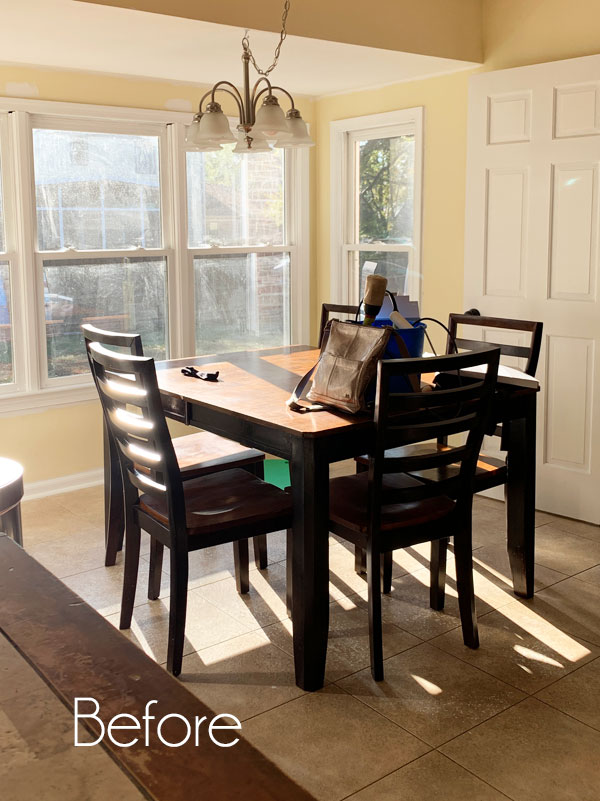


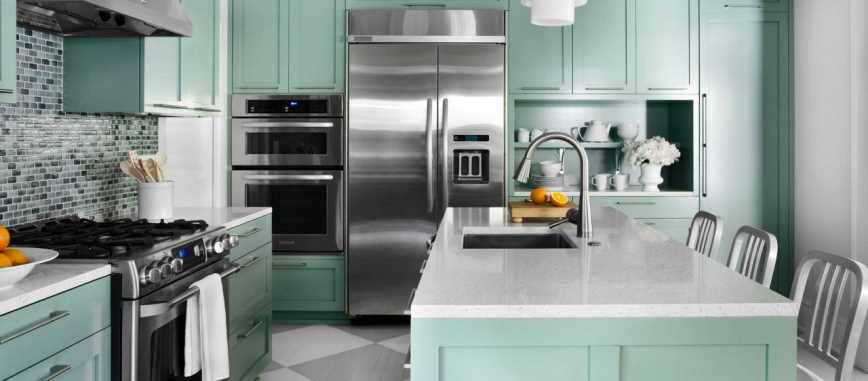

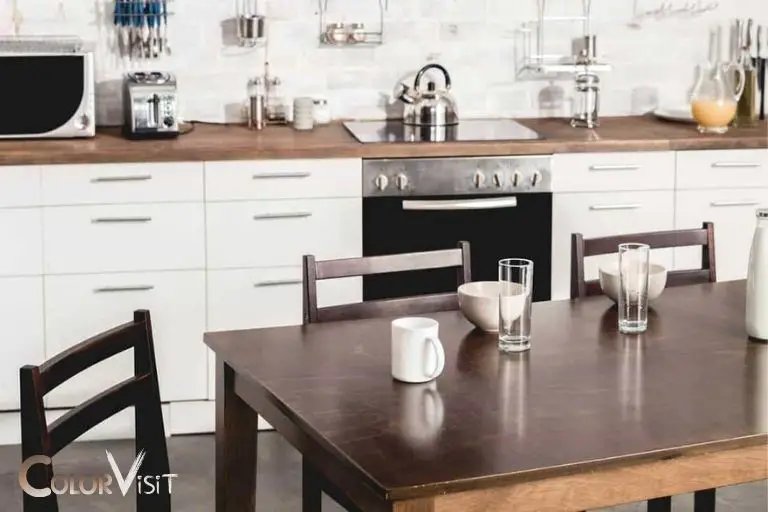








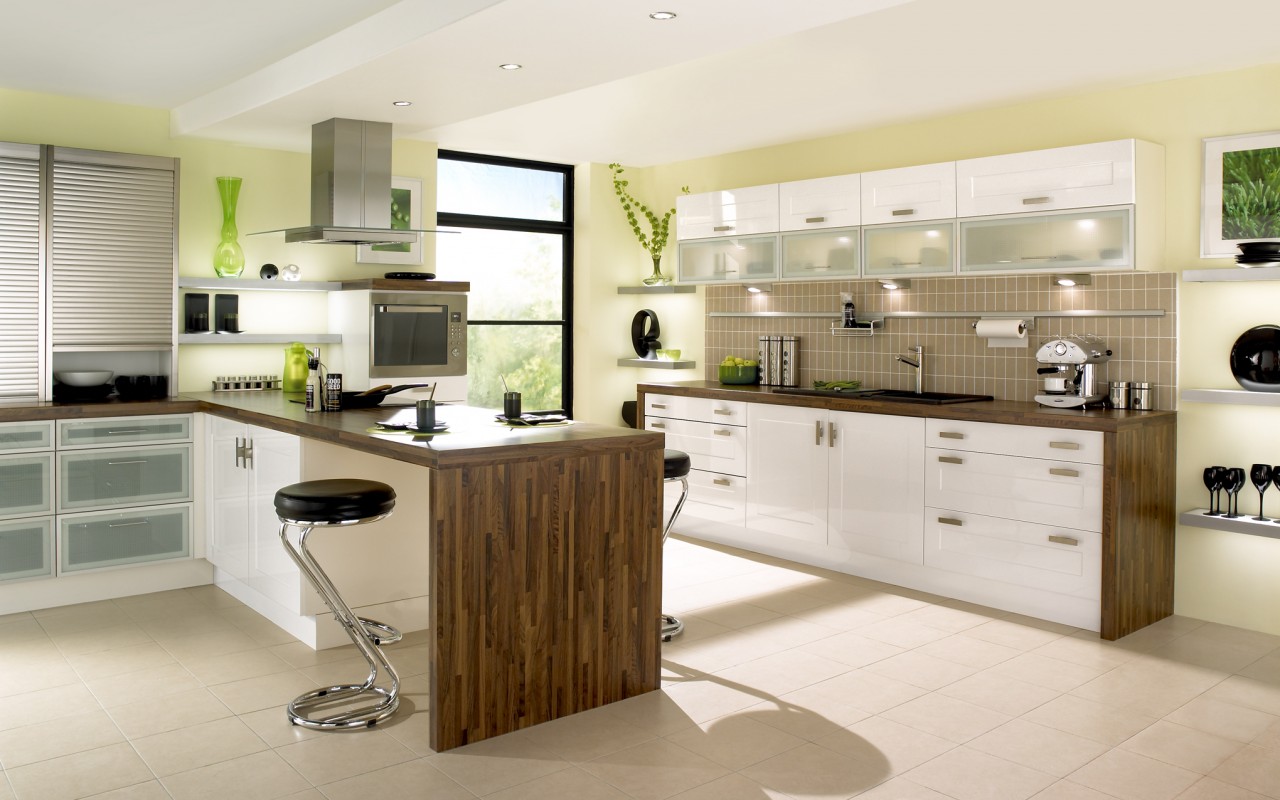











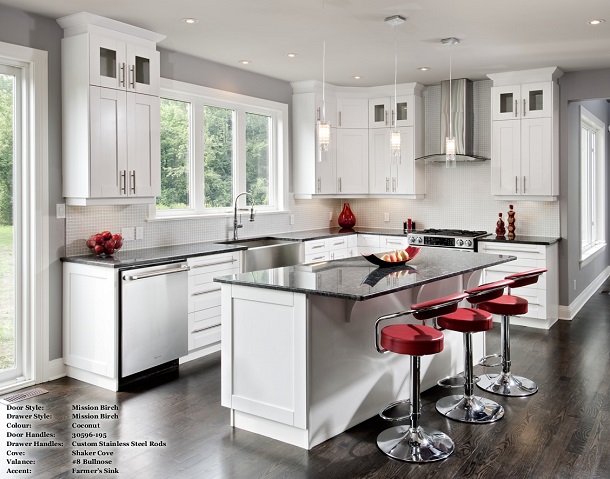
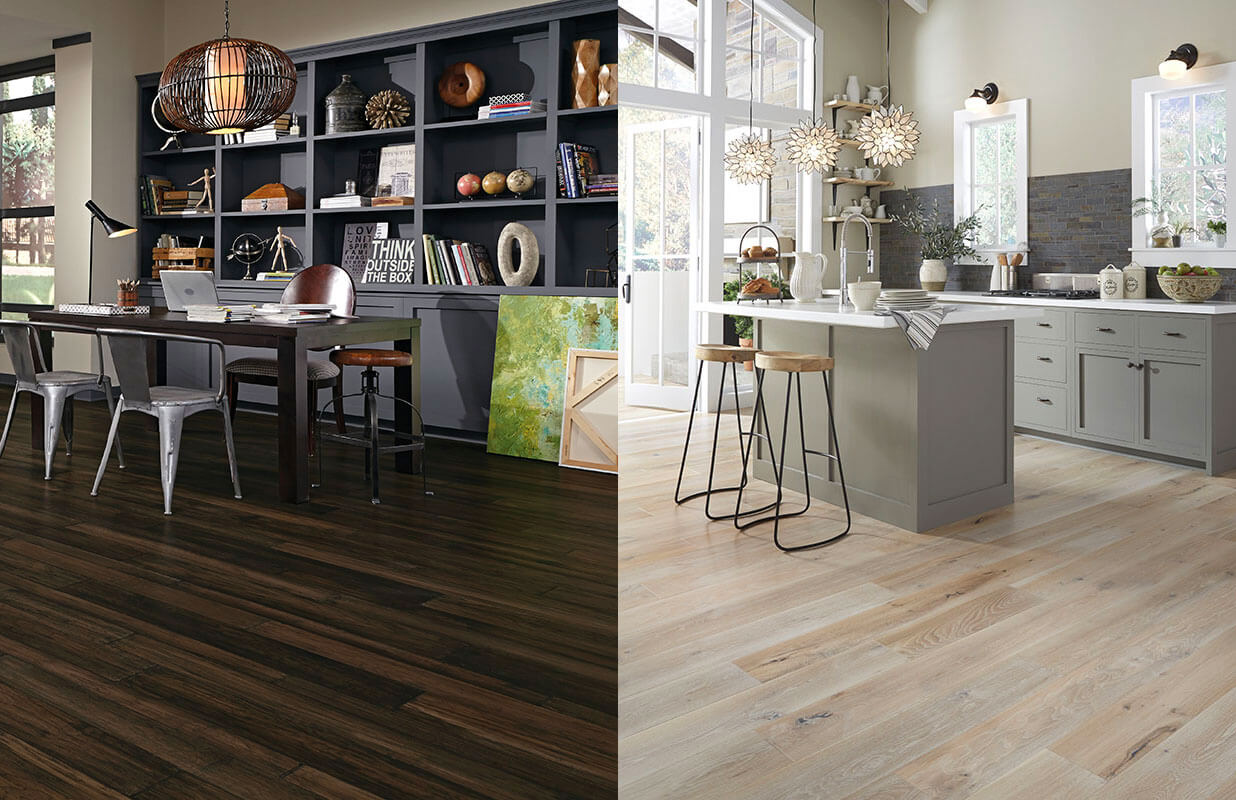















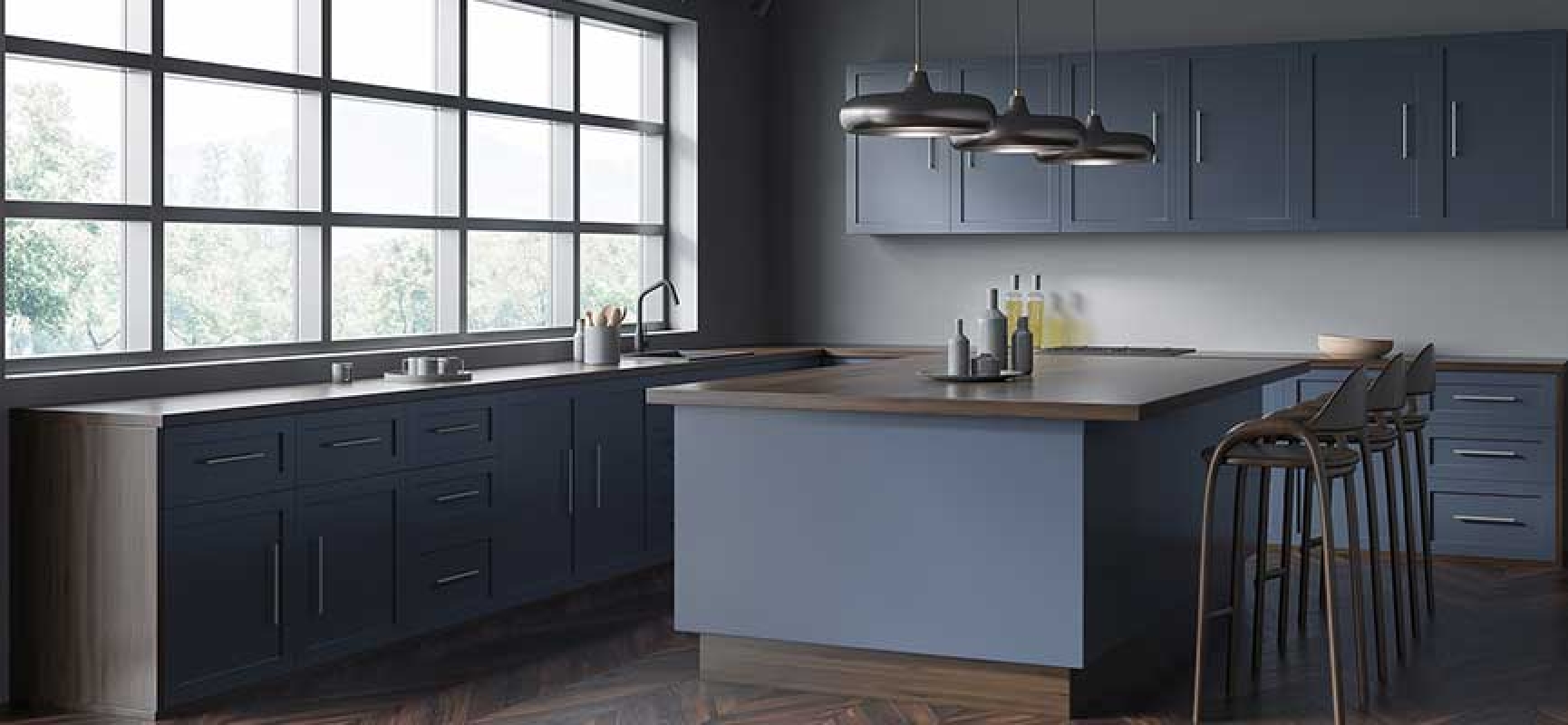

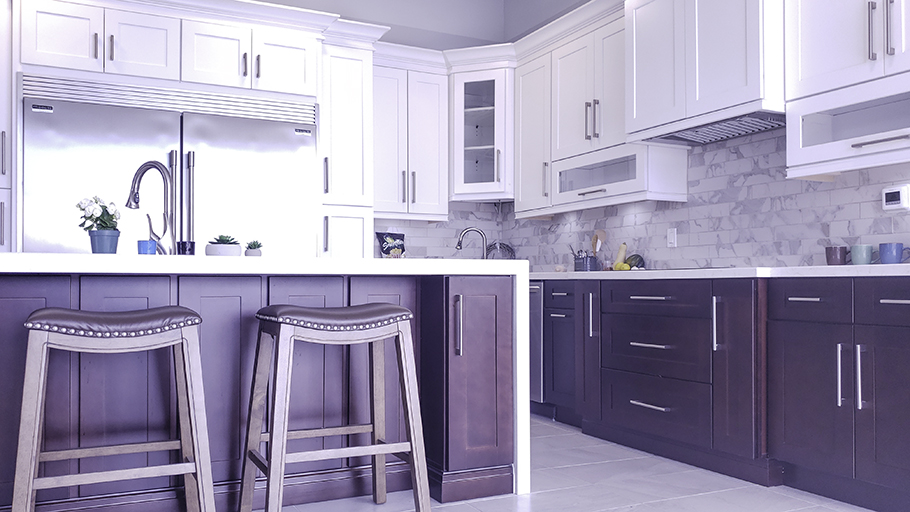




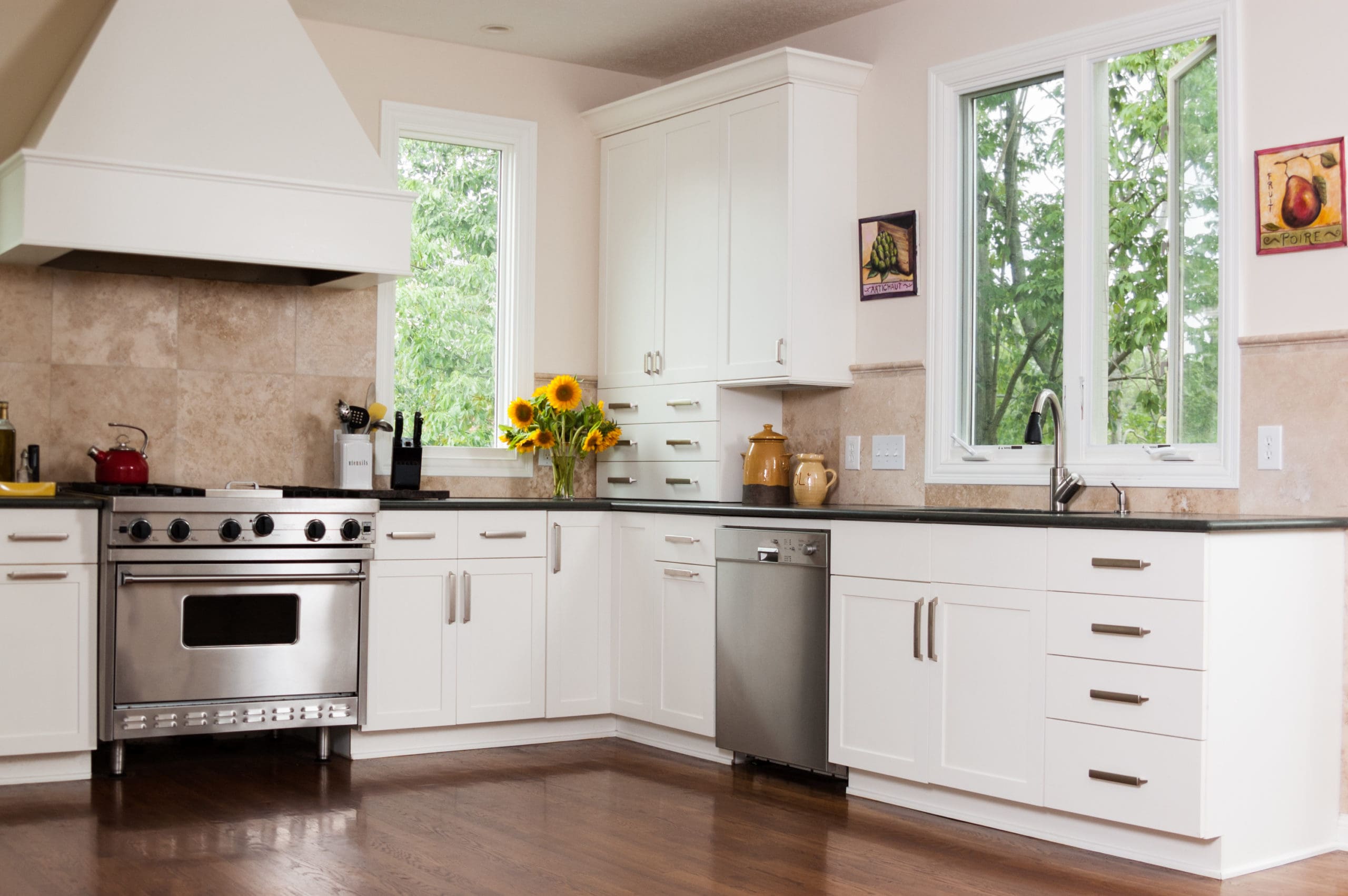




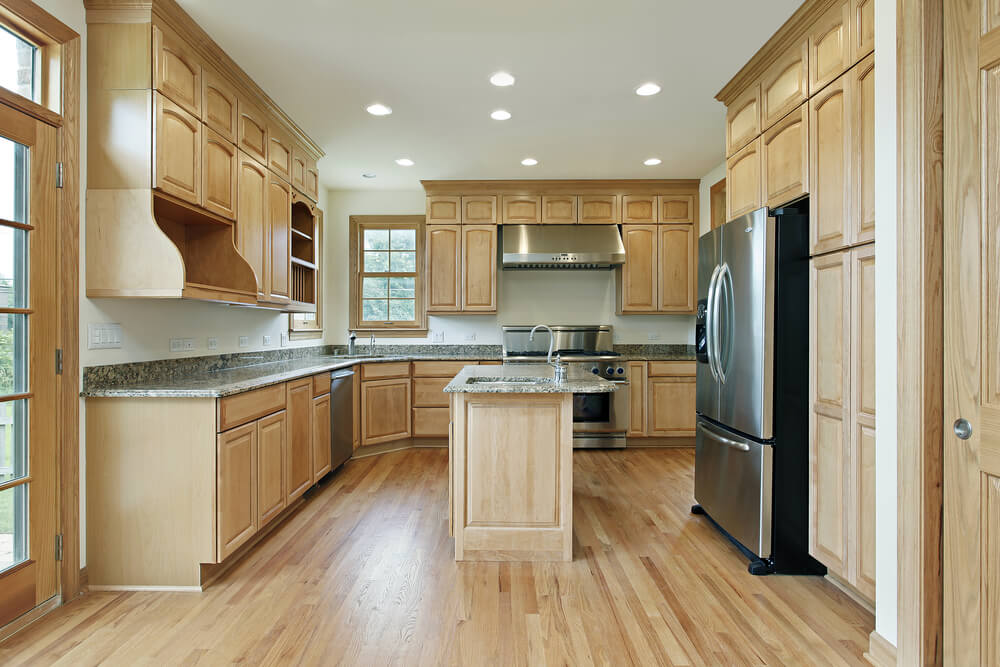
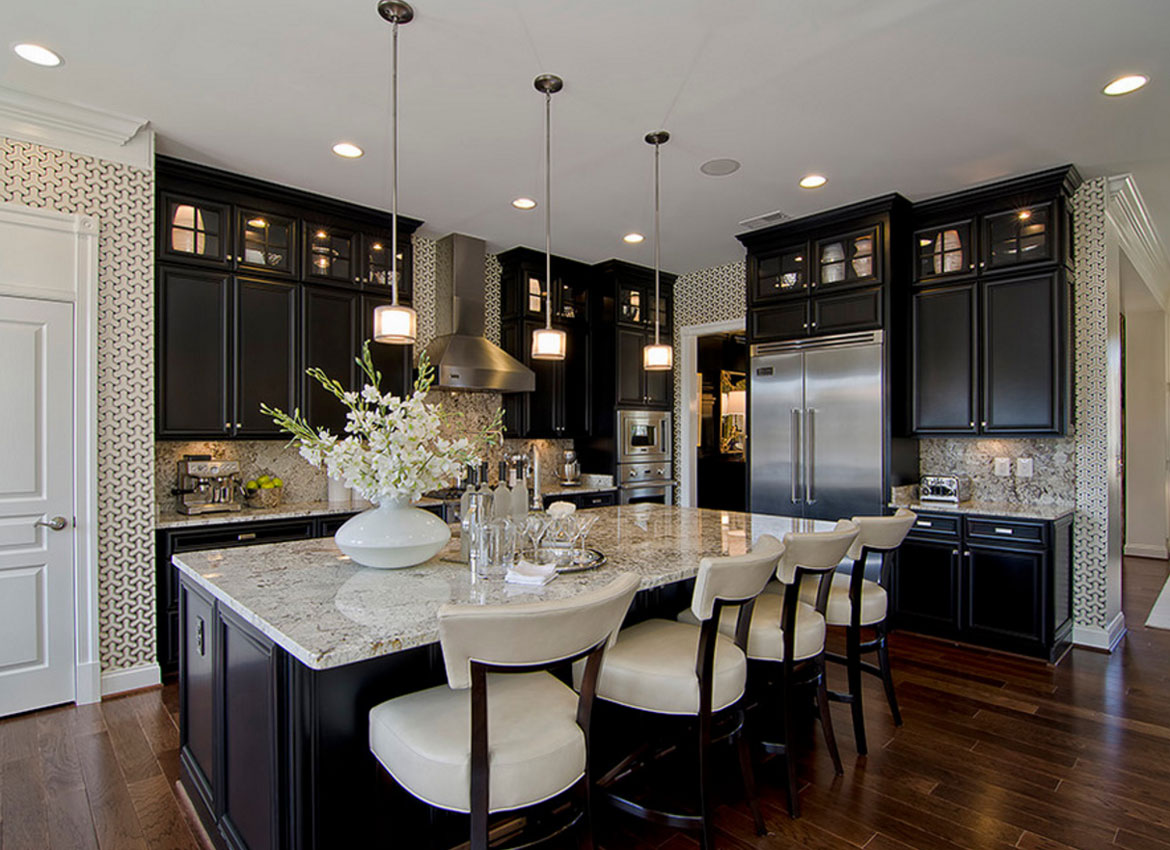
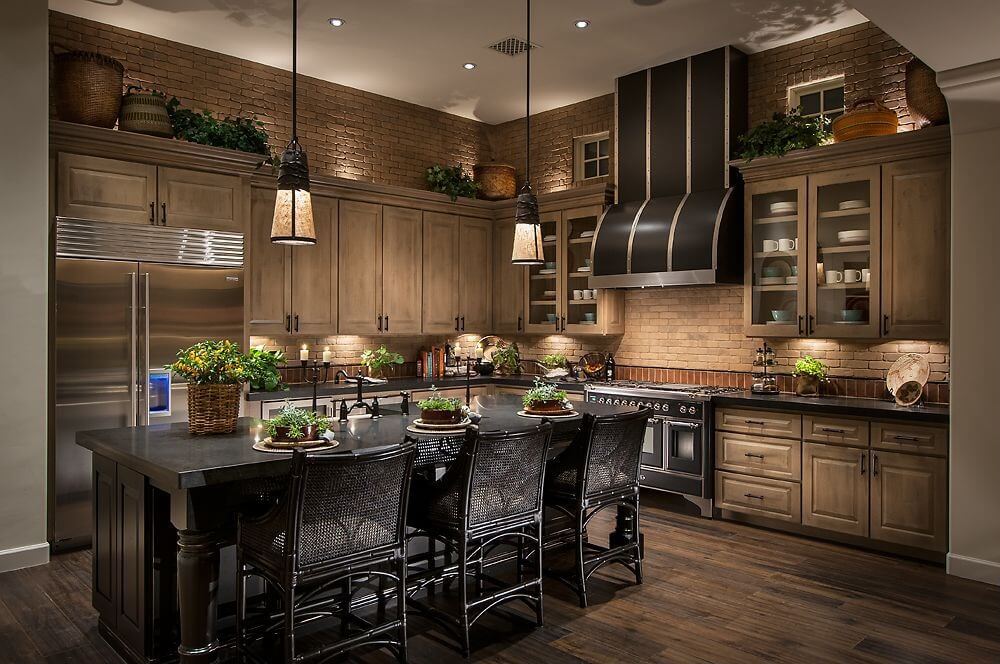


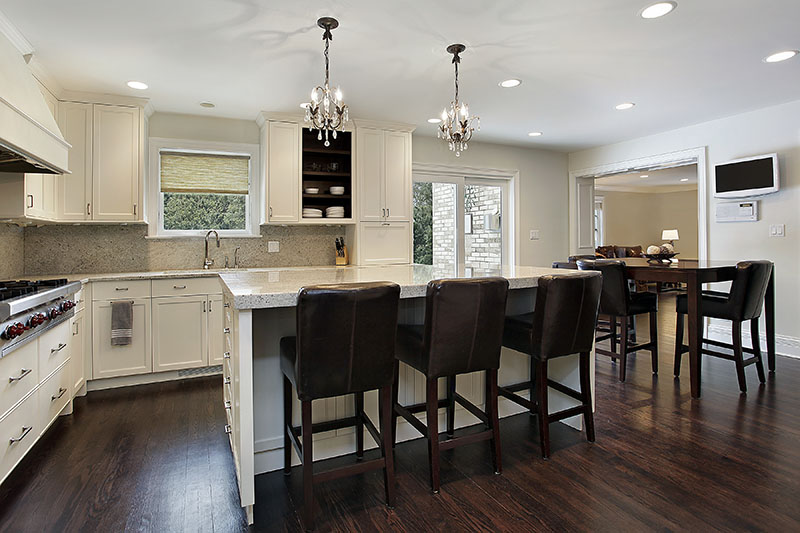




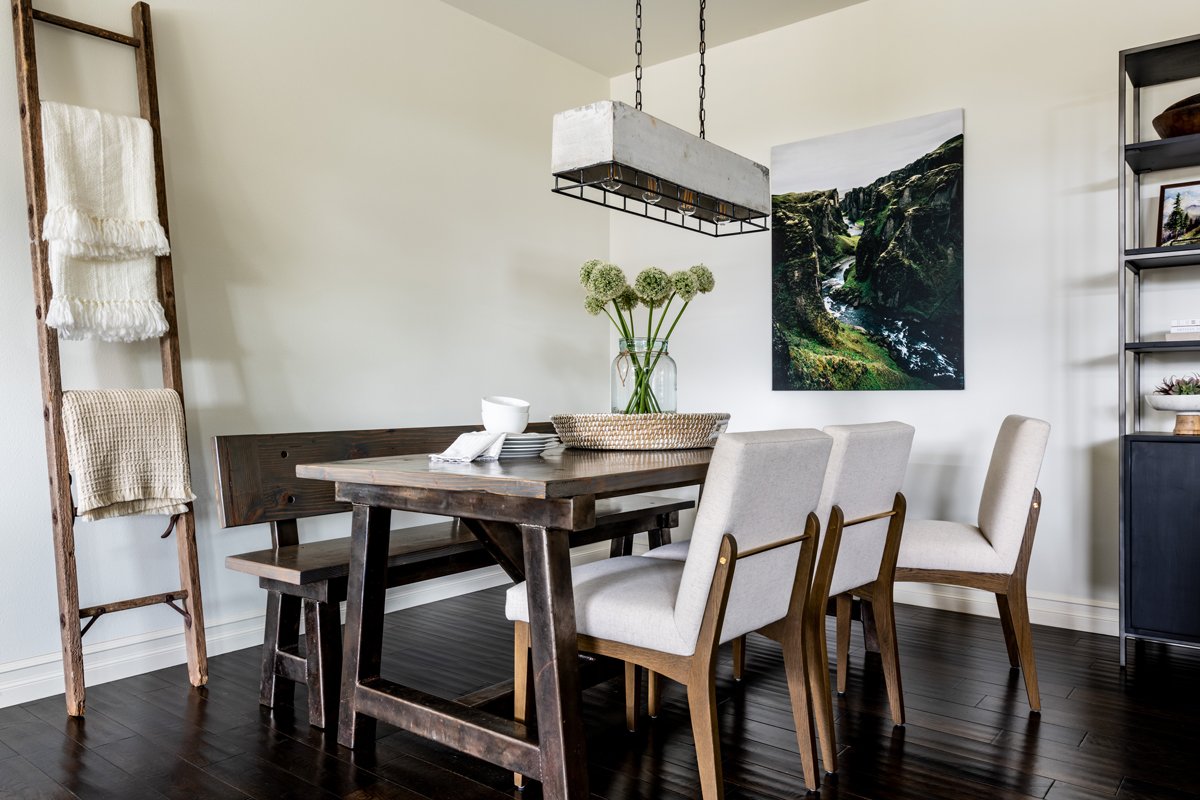


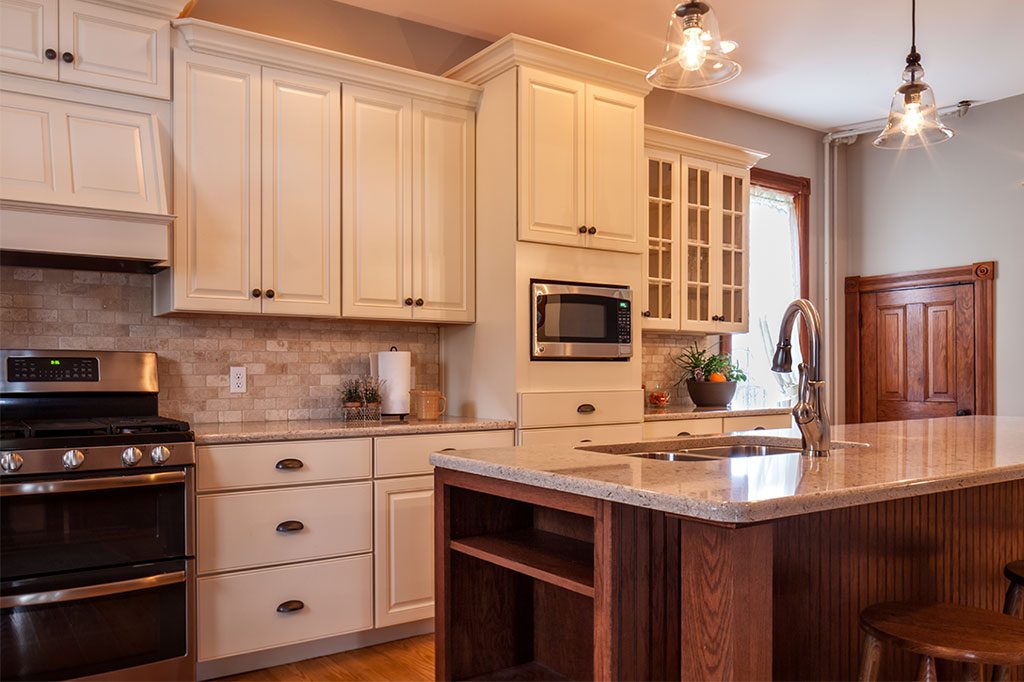
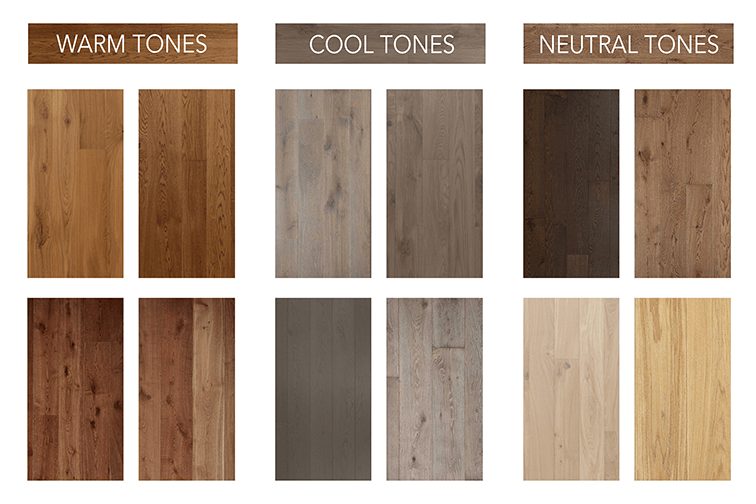


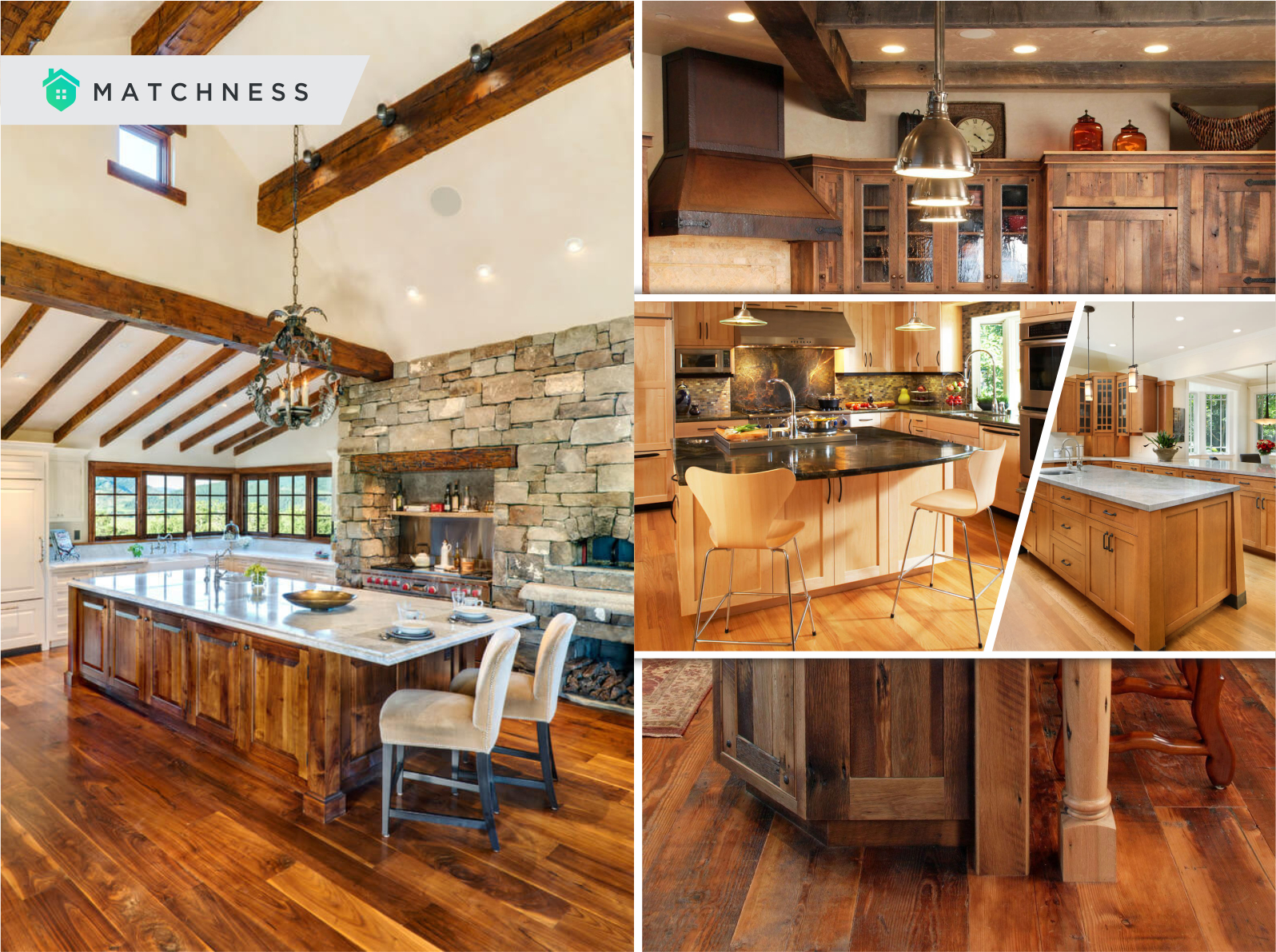









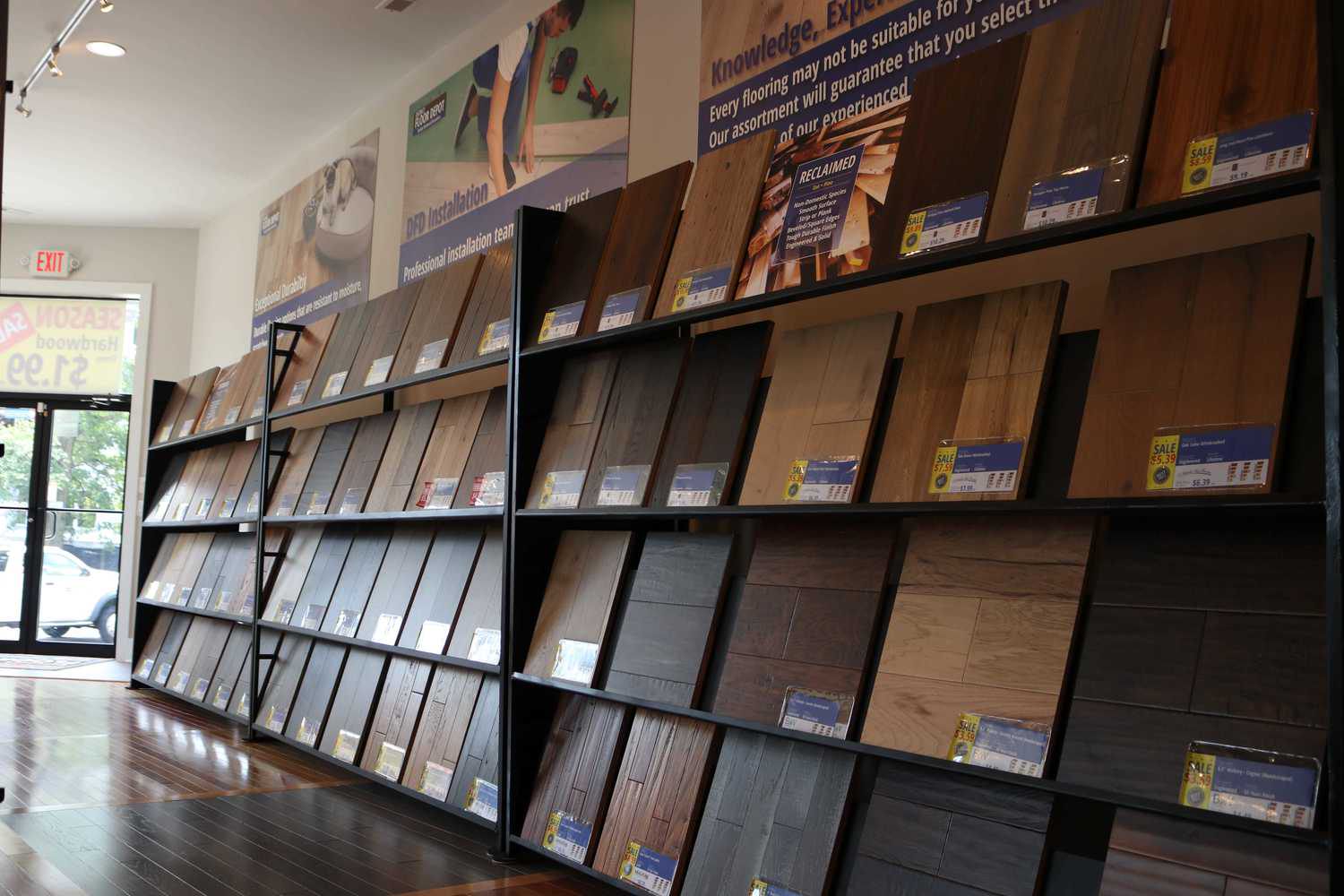


.jpg)













/gray-white-colored-kitchen-5658250b-37f14b71bd6a4b9fab49baddf8d4bb90.jpg)

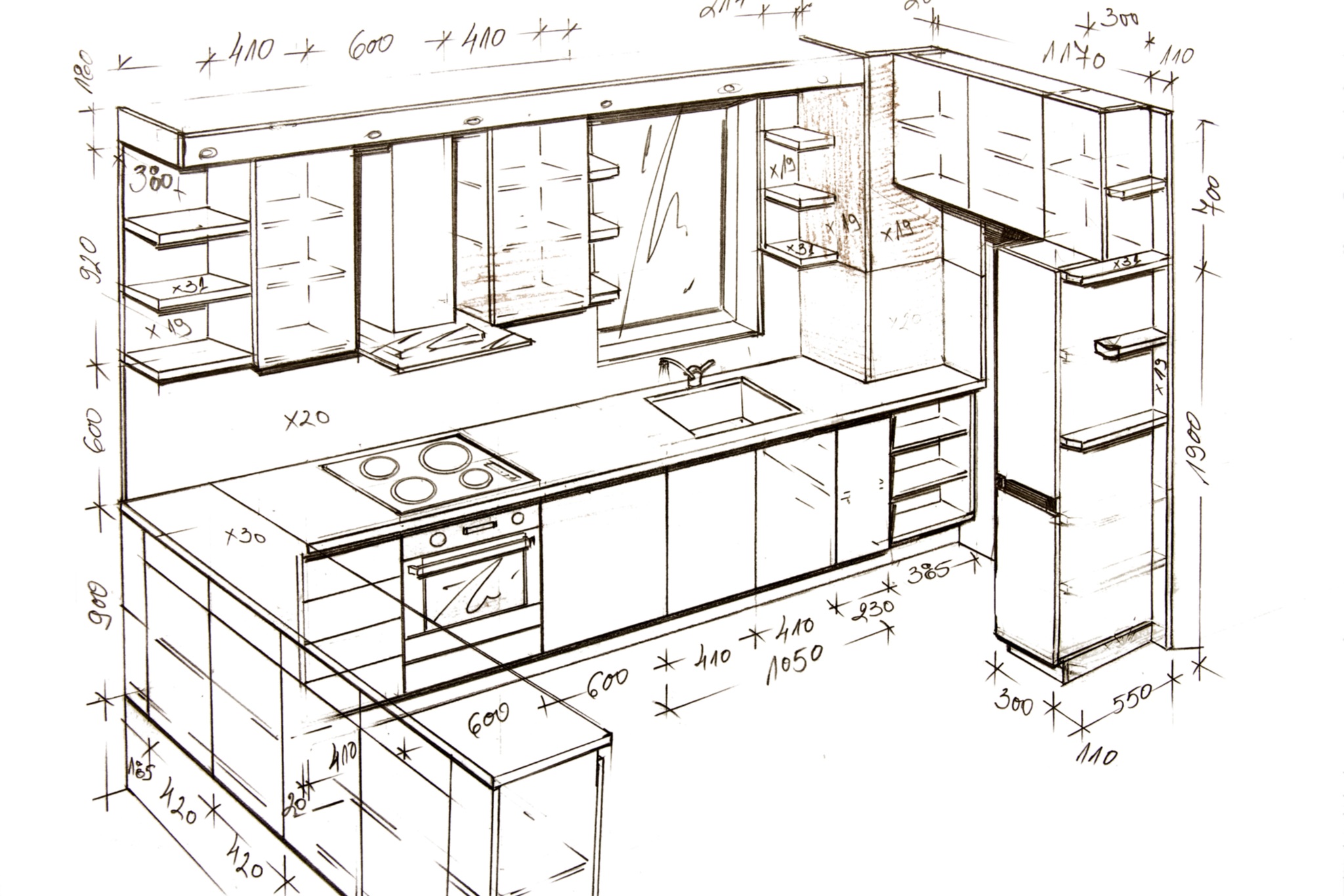

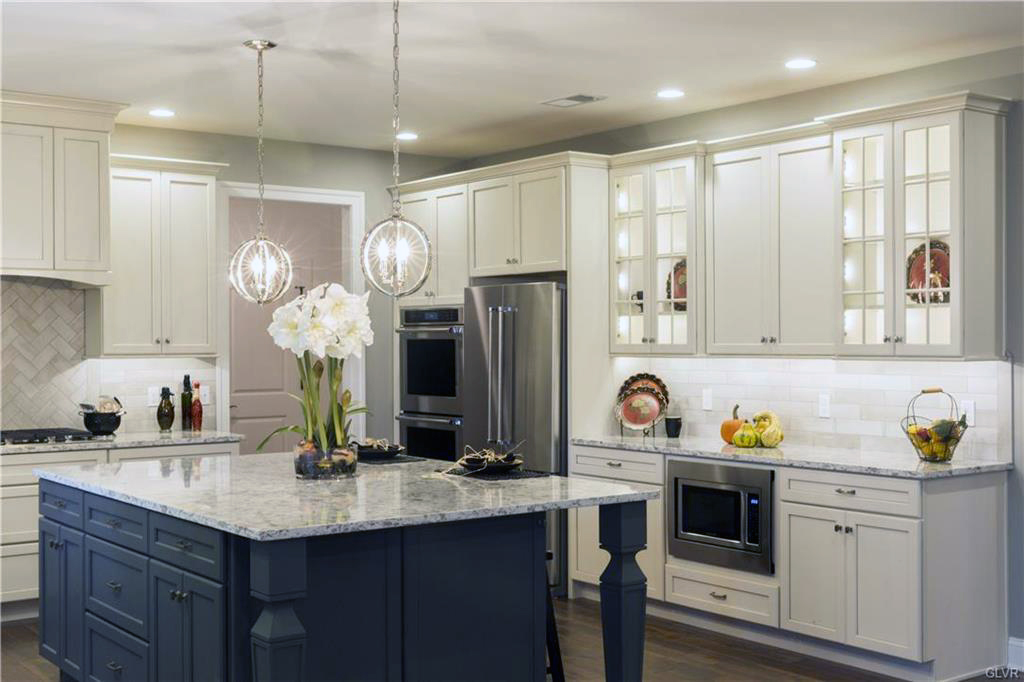
:max_bytes(150000):strip_icc()/guide-to-common-kitchen-cabinet-sizes-1822029-base-6d525c9a7eac49728640e040d1f90fd1.png)

